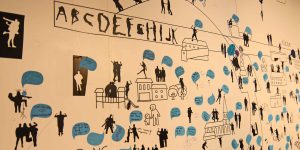Roland Haring
-

Spaxels / Klangwolke – Quadrocopter
Ars Electronica Futurelab’s quadcopter swarm was one of the highlights of the 2012 voestalpine Klangwolke (Cloud of Sound) in Linz. More than 90,000 spectators lined both banks of the Danube to witness a then world record: a formation flight by no fewer than 49 quadcopters. Never before had such a large squadron of whirlybird drones…
-
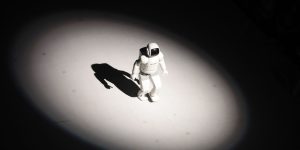
Human Robot Harmony
Forschung mit dem humanoiden Roboter ASIMO
Das Ars Electronica Futurelab und Honda R&D forschten gemeinsam an der nächsten Generation der Beziehung zwischen Mensch und Roboter – im Mittelpunkt stand dabei der humanoide Roboter Honda ASIMO.
-

FabLab
The heart piece of the first main exhibition “New Views of Humankind” in 2009 was constituted by four public accessible labs.
-
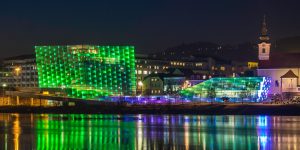
Ars Electronica Center Media Facade
Since January 2009, the Ars Electronica Center has been shining night after night. 38,500 LEDs are built into the Ars Electronica Center’s 5,100-m2 glass shell. Every one of the façade’s 1,100 glass panels thus becomes what amounts to a pixel that can be individually controlled.
-
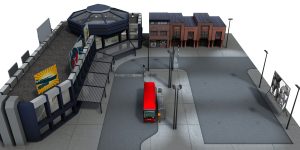
City Puzzle
An interactive simulation environment visualized technological approaches that city planners and architects of the future would be working with. This installation was an expanded spin-off of “Gulliver’s World,” the Ars Electronica Center’s mixed reality environment, and used a simple urban planning model as an example illustrating concrete application possibilities. Visitors could manipulate the various scenarios…
-
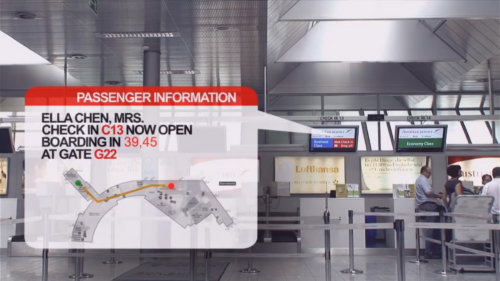
Digital Graffiti
Die weltweit ersten elektronischen Post-its
Digital Graffiti ist eine innovative Technologieplattform, die von 2001 an entwickelt wurde. Die Weltneuheit ermöglichte es, virtuelle Informationen wie Text, Bilder, Töne, Videos oder sogar Programmcode wie elektronische Post-its an jedem beliebigen Ort zu hinterlassen. Digital Graffiti nutzte mobile Geräten wie PDAs (Personal Digital Assistent), Notebooks und später auch Smartphones, um Nachrichten standortbezogen abzurufen und…
-

Hidden Worlds
The collaboration between SAP and Ars Electronica has been in place since 2002. This partnership is a prototype for new models of collaboration between art, business, technology and society. The collaboration ranges from media art presentations at SAP events and novel visualizations of information to joint research projects and innovative social initiatives.
-
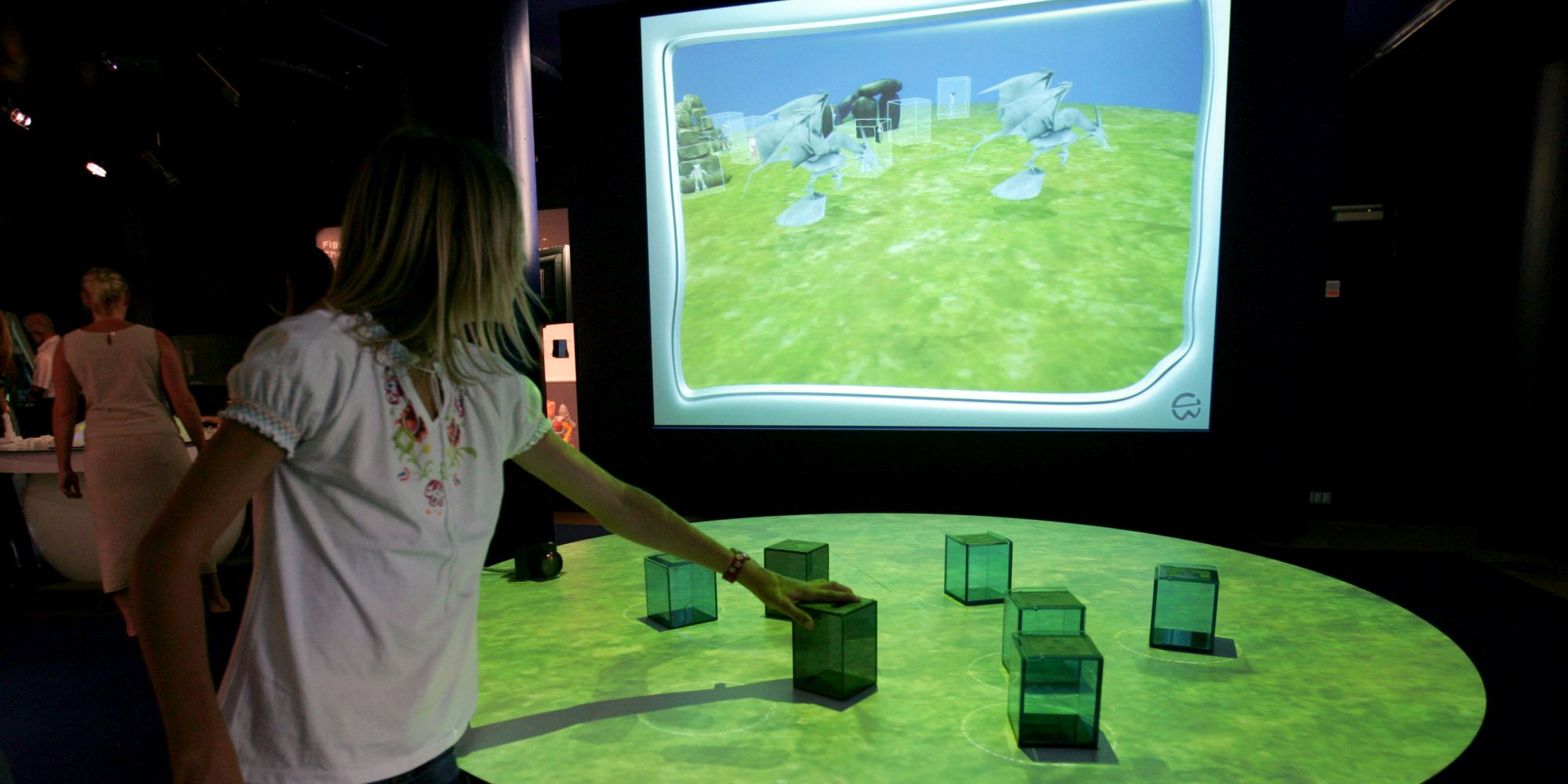
Gullivers World
The theme of Gulliver’s World is the relationship between virtual and material realities, and the reality that’s constructed by combining these two components.
-
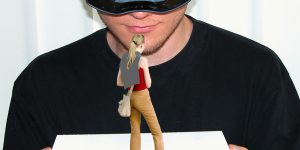
Gulliver’s Box
Mixed Reality Installation with visitors as live-projected 3D-avatars.
